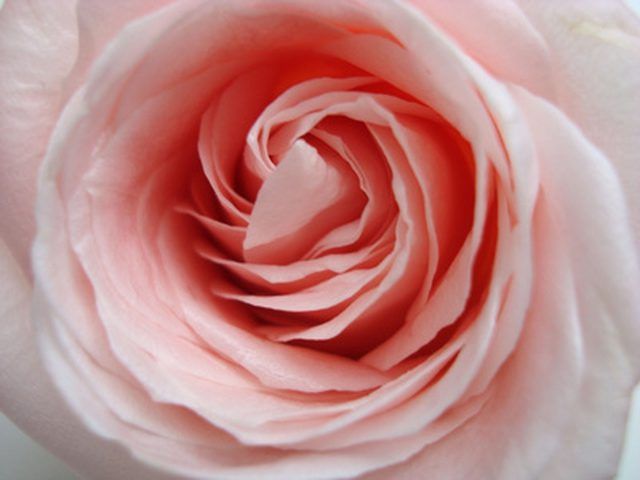Bulbs
Flower Basics
Flower Beds & Specialty Gardens
Flower Garden
Garden Furniture
Garden Gnomes
Garden Seeds
Garden Sheds
Garden Statues
Garden Tools & Supplies
Gardening Basics
Green & Organic
Groundcovers & Vines
Growing Annuals
Growing Basil
Growing Beans
Growing Berries
Growing Blueberries
Growing Cactus
Growing Corn
Growing Cotton
Growing Edibles
Growing Flowers
Growing Garlic
Growing Grapes
Growing Grass
Growing Herbs
Growing Jasmine
Growing Mint
Growing Mushrooms
Orchids
Growing Peanuts
Growing Perennials
Growing Plants
Growing Rosemary
Growing Roses
Growing Strawberries
Growing Sunflowers
Growing Thyme
Growing Tomatoes
Growing Tulips
Growing Vegetables
Herb Basics
Herb Garden
Indoor Growing
Landscaping Basics
Landscaping Patios
Landscaping Plants
Landscaping Shrubs
Landscaping Trees
Landscaping Walks & Pathways
Lawn Basics
Lawn Maintenance
Lawn Mowers
Lawn Ornaments
Lawn Planting
Lawn Tools
Outdoor Growing
Overall Landscape Planning
Pests, Weeds & Problems
Plant Basics
Rock Garden
Rose Garden
Shrubs
Soil
Specialty Gardens
Trees
Vegetable Garden
Yard Maintenance
Interesting Facts About Flowers
Interesting Facts About Flowers. Flowers have been an important part of civilization from the beginning. They have been sprinkled over salads, worshipped for their beauty and cultivated wherever humans have lived. Although modern people understand the science behind flowers and the role they perform for the plant, blossoms are still draped over...

Flowers have been an important part of civilization from the beginning. They have been sprinkled over salads, worshipped for their beauty and cultivated wherever humans have lived. Although modern people understand the science behind flowers and the role they perform for the plant, blossoms are still draped over headstones or given to a loved one to symbolize powerful emotions. As Henry Wadsworth Longfellow once said, flowers are the stars of the earth.
Reproduction and Pollination
Flowers are the reproductive extensions of a plant. Flowers can either be male or female, and plants can have both sexes growing next to each other. Male flowers have a stamen that is coated with pollen. Hungry hummingbirds or insects fly from flower to flower and become coated with pollen. The pollen is eventually transported to a female flower by the pollinator; female flowers have pistil structures, which receive pollen and fertilize seeds. The seeds drop away from the flower when they are mature and a new plant may grow from the seed. Flowers use a variety of techniques to attract potential pollinators, including tasty nectar and color displays.
Symbolism
Throughout history, flowers have been associated with divine power. In ancient Greece and Rome, the goddesses Chloris and Flora were responsible for the beauty and protection of flowers. Lotus flowers figure prominently in Hindu mythology; meditation on the lotus is said to confer wisdom and peace. Flower blossoms also can take on symbolic meaning. Poppies have long been used to commemorate and honor the dead, and in some regions are worn by mourners during funerals.
Extreme Flowers
Flowers can grow to tremendous sizes, smell like rotting meat or possess any other number of bizarre characteristics. The Titan Arum flower, commonly known as the corpse flower, exudes a strong smell of rotting meat and can grow up to 9 feet tall, making it one of the largest flower on Earth. Wolffia flowers are the smallest blossoms; they drift on still water and are invisible to the naked eye. The cereus flower only blooms at night and is prized for its exquisite beauty. Flowers can also take on negative connotations; the beautiful purple foxglove is poisonous and represents insincerity and falseness.
Flowers and Beauty
Flowers are prized around the world for their beauty, delicacy and colorful displays. Cherry blossoms coat cherry tree branches for only a few weeks every year and are celebrated in Japan and the United States for their subdued, fragile pinks. Blue bells are vibrantly blue and can cover huge stretches of forest floor. Hydrangea blossoms bunch up by the dozens, and normally grow in soft pinks, white or blues.
Eating Flowers
Some varieties of flowers are edible and can even be a delicious compliment to a dish. The sweet petals of the carnation are used to flavor tea and liqueurs and can be included in various desserts. Dandelions are also sweet and can be eaten raw or fermented with wine. Other flowers are dangerous to eat, triggering a variety of health problems. Oleander can cause heart palpitations, which may be deadly for certain people. Eating hydrangea blossoms causes vomiting, abdominal pain and weakness. Only flowers that are known to be edible should be eaten.